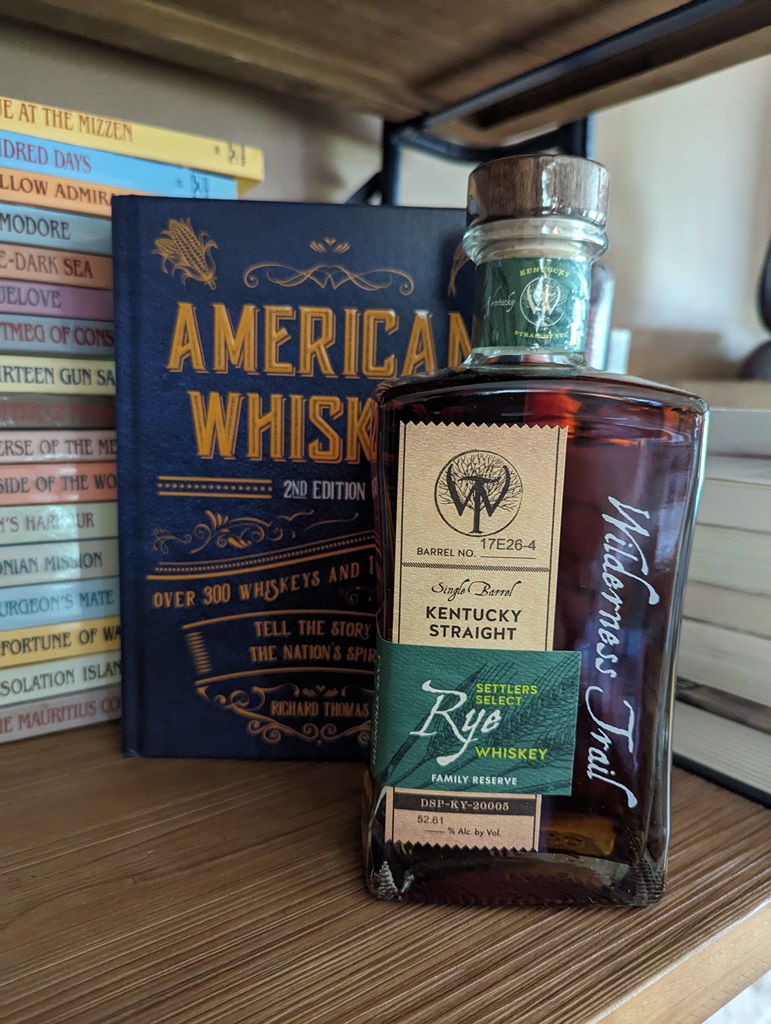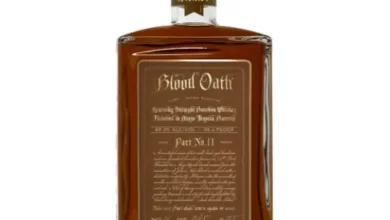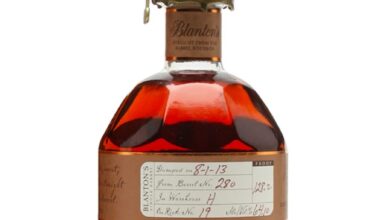Elijah Craig Toasted Rye Whiskey Review
By Richard Thomas
Rating: B

(Credit: Heaven Hill)
When you stop and think about the logistics, the double new oak treatment should not be as commonplace as it has become. Although secondary maturation offers a way to give a new twist to an already existing whiskey in stock, it usually relies upon used barrels to achieve that effect, and used is often cheaper than a new barrel of the exact same type. It is because the effect achieved–doubling down on the flavors imparted by virgin American oak–that the expense has become worth it and the double new oak format has become expected for any major expression. Thus, it inevitably came around for Elijah Craig Rye, with Elijah Craig Bourbon having received the double new oaking back in 2020.
Toasted barrels are preferred for this secondary new oak maturation because of the difference between what charring and toasting accomplishes, but also because charring to some degree is required by Federal law in primary maturation. Even distillers who use toasted barrels for their first round of aging always give that toasted barrel a little charring afterward. For the second round, distillers can go for all-toasted if they choose, and this is preferred. The slower “cooking” of the barrel produces a more delicate flavor profile, as well as preserving certain flavor compounds in the wood that would otherwise be destroyed by the hotter charring process. Heaven Hill follows a custom process in the former vein, giving their barrels an almost hour-long toast followed by a flash of charring.
So, the creation of this whiskey starts with Elijah Craig Rye, made with the Kentucky style rye mash bill that just meets the minimum requirement of 51% rye. With 14% malted barley and 35% corn, I’ve come to think of Heaven Hill’s approach to rye as the exemplar of what Kentucky rye is: as low on rye as possible and high corn, playing down the spicy side of rye as much as possible. EC Rye is a no age statement whiskey, but said to be between four and six years old, so with a (presumed) several months worth of secondary aging I think of the Toasted Rye as five or six years old. The whiskey is bottled at 94 proof.
The Whiskey
The rye takes on a dull, middle amber look in the glass, noticeably darker than the usual copper that accompanies so many ryes. The nose led with dry grass and pine needles, with cinnamon graham crackers with a drizzle of honey coming up strongly behind that. The palate develops into a marshmallow and vanilla sweetness, dusted with cookie spices, along with the pine needles carrying over from the nose. The finish folded over and ran with the vanilla.
The Price
At $55 a bottle, this is almost double the price of the standard EC Rye. Of course, making it is more expensive, even more so than a normal cask finished whiskey. I always think of double new oak whiskeys as being at their best as a dessert whiskey tipple, and this one is no exception. So as to whether it is worth the steep mark-up or not, I think that depends very much on individual tastes. A drinker with a strong fondness for any two of the following–rye whiskey, double new oak aging or dessert whiskey–will find the price tag well worth it. As marked up as it is compared to its counterpart, regular rye, it is still a little cheaper than some of its alternatives as a double new oaked whiskey.




